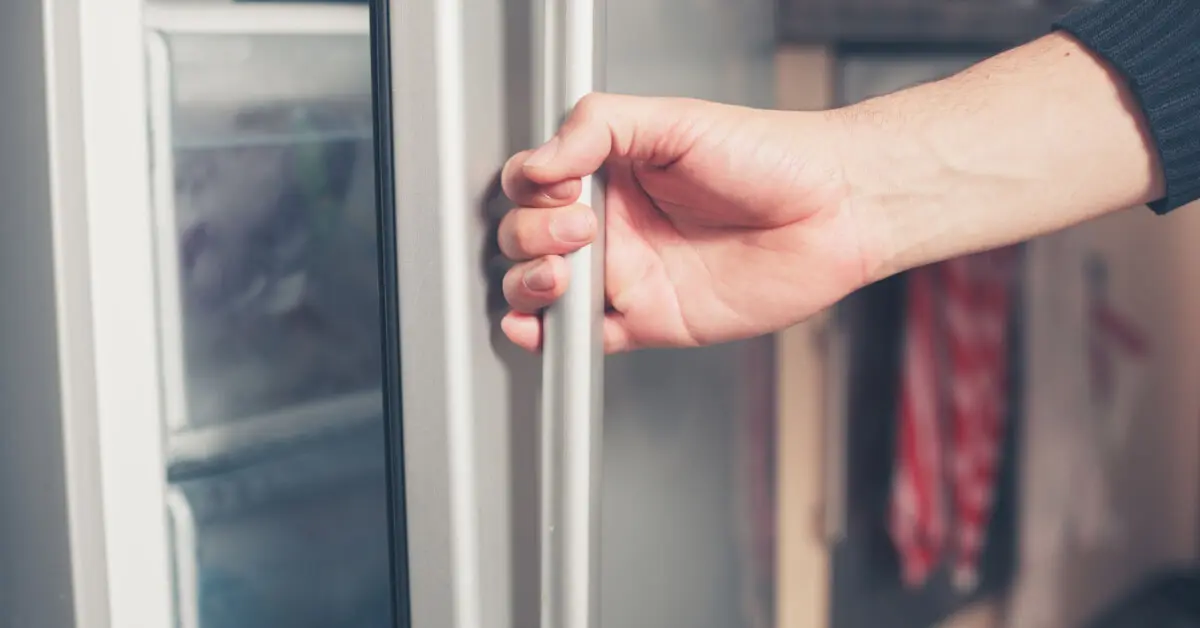Blast cooling technology is helping Australian businesses across a range of different industries better preserve and store items. The most common and well-known application of blast cooling is in the hospitality and food production industries, they are also used in chemical manufacturing, medical services, pharmaceutical production and more. Cold-Rite install, maintain and repair blast freezers and coolers across greater Sydney. Below, we look at how they work and their benefits.
How a Blast Freezer or Cooler Works
A blast freezer or cooler is a temperature-controlled unit designed to rapidly cool items by pushing cold air through stored products at a high velocity and low temperature. Typically custom built, these units often come in the form of a cabinet style self-contained storage space lined with insulated panels and fitted with refrigeration equipment. The exact components will depend on the type and quantity of product being stored and the required storage temperature. Blast chiller price also varies depending on the scope of the design and build.
Bacterial Protection and Control
If you need to cool a product very quickly to a temperature that makes it safe from microbial growth and degradation, you may need a custom blast freezer. These are usually self-contained, cabinet-style systems capable of cooling items to -18 °C rapidly and are common in food industries as well as for medical, pharmaceutical, laboratory and other specific applications. Blast freezers also help retain the natural quality of products like food, preventing problems like “freezer burn”, which occurs due to moisture loss from a slower freezing process.
Retaining Food Product Integrity
Cooling and freezing food at a controlled speed can be as important as controlling the heating process for preserving flavour and freshness. When an item is frozen, any water inside it crystallises. If freezing takes place at a relatively slow pace, larger ice crystals will form. In a blast freezer, the rapid freezing creates small ice crystals. Large crystals can rupture cells. The smaller the crystals, the less damage can occur.
“Freezer burn” on frozen food products is something you may have noticed before, which results from a loss of moisture during a slower, relatively warmer freezing process. Quick freezing retains moisture, preventing freezer burn while retaining the texture, taste and nutritional quality of the food
Preventing Sample Degradation
Blast freezing a pharmaceutical sample such as a virus or protein means smaller ice crystals form during the freezing process. Smaller ice crystals result in less moisture getting released while thawing. This prevents sample degradation taking place in the freeze-thaw cycle, reducing the chance of sample loss, providing better quality samples to work with and ensuring products safe for use.
Conventional pharmaceutical freezers have a typical air temperature of 0°C. When used for long term cold storage, this can reduce the lifespan of samples. With an air temperature of -30°C to -40°C, blast freezers lower the temperature of samples quickly, uniformly and economically, more than halving the freeze time.
Custom Blast Freezer in Sydney
Cold-Rite custom build commercial and industrial refrigeration solutions, including blast freezers and more throughout the greater Sydney metropolitan area extending to the Blue Mountains, Central and South Coasts.



